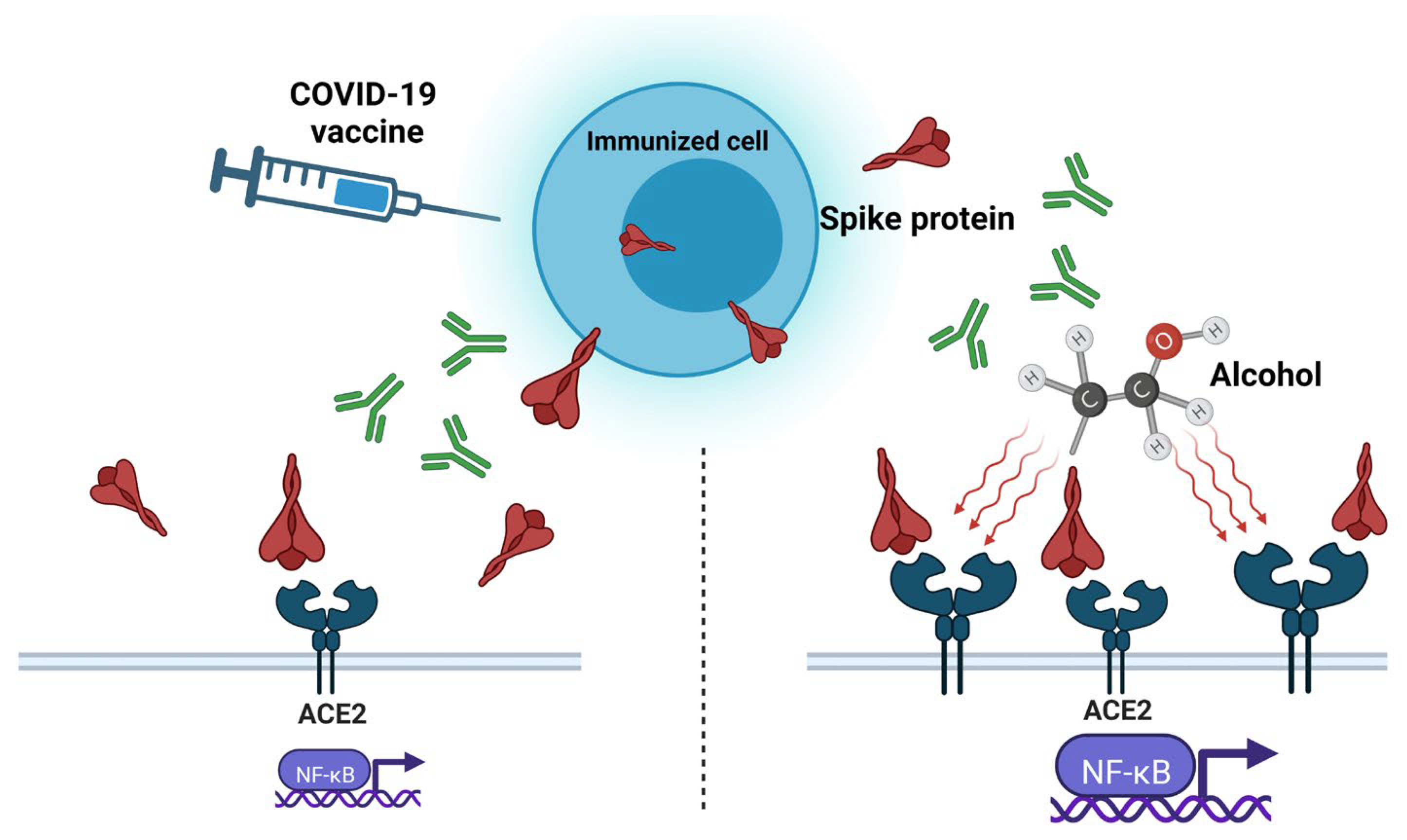The Origins and Spread of COVID-19: Who Covid 19

The COVID-19 pandemic, caused by the severe acute respiratory syndrome coronavirus 2 (SARS-CoV-2), has had a profound impact on the world. Understanding the origins and spread of this virus is crucial for developing effective prevention and treatment strategies.
The Origins of COVID-19
The origins of SARS-CoV-2 are believed to be in bats, which are known to harbor a wide variety of coronaviruses. Scientists believe that the virus may have jumped from bats to an intermediate animal host, such as a pangolin, before eventually infecting humans. The initial human transmission is believed to have occurred in Wuhan, China, in late 2019.
Factors Contributing to the Spread of COVID-19
Several factors contributed to the rapid global spread of COVID-19. These include:
- High transmissibility: SARS-CoV-2 is highly contagious, spreading easily through respiratory droplets produced when an infected person coughs, sneezes, or talks.
- Global travel: The interconnected nature of the world through air travel allowed the virus to spread quickly to different continents.
- Initial lack of awareness: Early on, there was limited understanding of the virus and its transmission, which contributed to its spread.
- Social gatherings: Large gatherings, such as festivals and sporting events, provided opportunities for the virus to spread rapidly.
Variants of COVID-19
Since its emergence, SARS-CoV-2 has undergone mutations, giving rise to different variants. Some variants have become dominant due to their increased transmissibility, ability to evade the immune system, or altered severity of disease. Examples of notable variants include:
- Alpha (B.1.1.7): First identified in the United Kingdom, this variant was more transmissible than the original virus.
- Delta (B.1.617.2): This variant, first detected in India, was highly contagious and associated with increased hospitalization rates.
- Omicron (B.1.1.529): Identified in South Africa, Omicron has become a dominant variant globally due to its high transmissibility and ability to evade some immune protection.
Timeline of the Global Spread of COVID-19, Who covid 19
The following timeline highlights key milestones in the global spread of COVID-19:
| Date | Event |
|---|---|
| December 2019 | First cases of COVID-19 are reported in Wuhan, China. |
| January 2020 | The World Health Organization (WHO) is notified of the outbreak. |
| February 2020 | The WHO declares COVID-19 a Public Health Emergency of International Concern. |
| March 2020 | The WHO declares COVID-19 a pandemic. |
| April 2020 | Lockdowns and social distancing measures are implemented worldwide. |
| December 2020 | The first COVID-19 vaccines are authorized for use. |
| January 2021 | Vaccination campaigns begin globally. |
| May 2021 | The Delta variant becomes dominant in many countries. |
| November 2021 | The Omicron variant is identified. |
Who covid 19 – While COVID-19 has brought about many changes in our lives, some things remain constant, like the comfort of a well-loved IKEA Poäng chair. Keeping your chair looking its best is essential, and that includes proper care of the cover. You can find detailed instructions on how to wash your IKEA Poäng chair cover here , ensuring it stays clean and fresh even after countless hours of relaxation during these challenging times.
While COVID-19 continues to impact our lives, it’s important to find moments of comfort and relaxation. For students, a cozy and versatile joe dorm bean bag chair can be a welcome addition to their dorm room, providing a comfortable spot to study, relax, or simply unwind after a long day.
As we navigate the ongoing pandemic, creating personal sanctuaries like this can be crucial for maintaining mental well-being.
